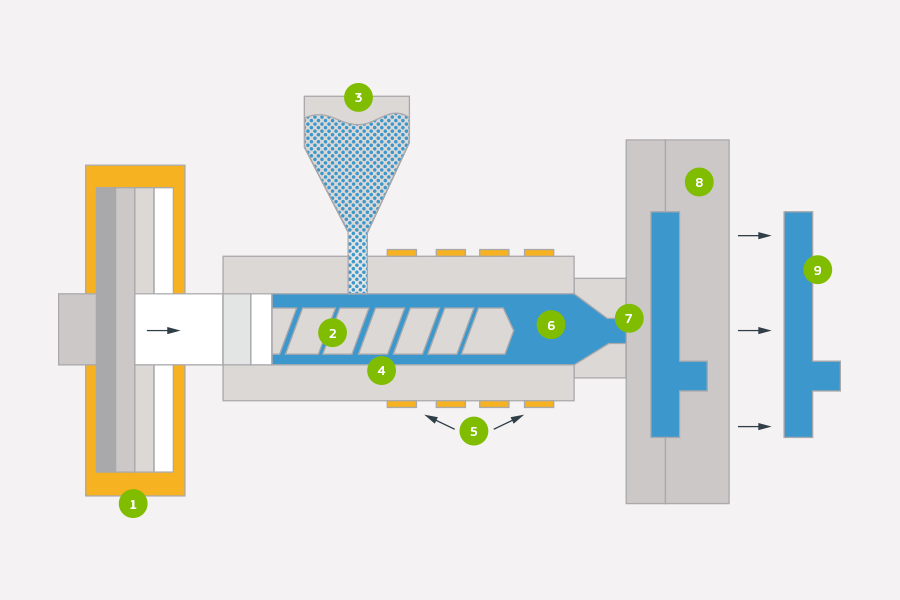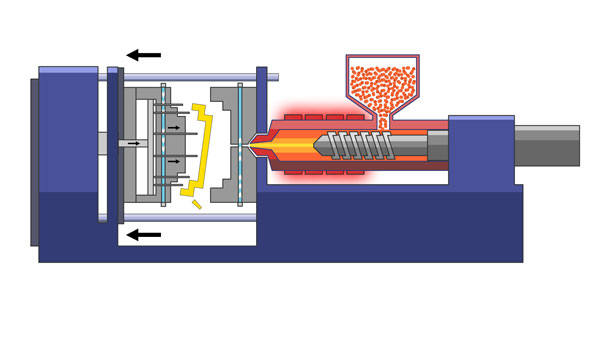Facts About Manufacturing Industries Uncovereds
Wiki Article
Little Known Questions About Lean Manufacturing.
Table of ContentsThe Best Strategy To Use For Plastic ManufacturingNot known Incorrect Statements About Lean Production The Buzz on ManufacturingOem Fundamentals ExplainedMore About MfgThe Best Strategy To Use For Hon Hai Precision
The text on this web page is an example from our complete White Paper 'Shot Moulding for Purchasers' - * Sample text * - for full overview click the download button above! Introduction This guide is meant for individuals that are aiming to resource plastic mouldings. It provides a much needed understanding right into all that is entailed with producing plastic parts, from the mould tool called for to the moulding process itself.If you wish to explore additionally, the overview covers types of mould tools, along with unique finishing processes such as colours & plating. Words that are underscored can be discovered in the glossary in the appendix ... Component I: Moulding: The Essentials The Benefits of Shot Moulding Plastic shot moulding is an extremely specific process that supplies several benefits over other plastic handling techniques.
Accuracy is perfect for extremely detailed parts. Compared to various other methods, moulding allows you to include even more features at extremely small tolerances. Have a look at the photo to the right. additive manufacturing. You can hold this moulding in the hand of your hand as well as it has managers, ribs, steel inserts, side cores as well as openings, made with a sliding shut down feature in the mould device.
What Does Die Casting Do?


Not known Details About Hon Hai Precision
from material feed & melting; material injectionProduct shot time and ejection and also the re-closing of the mould tool ready device the next cycleFollowing Draft angles - The walls of a moulded part must be a little tapered in the direction in which the part is ejected from the mould device, to enable the component to be expelled conveniently.Ejector stroke - The pressing out of ejector pins to expel the moulded part from the mould device. Ejector stroke rate, length and timing requires to be meticulously regulated to stop damage to the ejectors and mould tool, but at the same time make the moulding cycle as brief as feasible.

Getting The Lean Manufacturing To Work
Ribs - When a plastic component has thin walls, ribs are contributed to the design to make the thin walls stronger Side cores - Side action which generates a feature on a moulded part, at an opposing angle to the regular opening direction of the mould device. hon hai precision. The side core needs to be able to retract as the plastic component can not be expelled or else.
Wall surfaces - The sides of a moulded component The text on this web page is an example from our full White Paper 'Shot Moulding for Purchasers'.
Manufacturing procedure for producing components by infusing molten product right into a mould, or mold and mildew Simplified representation of the process Injection moulding (U.S. spelling: injection molding) is a production procedure for producing components by injecting liquified material right into a mould, or mold. Shot moulding can be carried out with a host of materials primarily consisting of metals (for which the procedure is straight from the source called die-casting), glasses, elastomers, confections, as well as most typically polycarbonate as well as thermosetting polymers. Injection moulding is widely made use of for producing a variety of parts, from the tiniest parts to entire body panels of automobiles. Advances in 3D printing innovation, utilizing photopolymers that do not melt throughout the shot moulding of some lower-temperature thermoplastics, can be made use of for some basic shot moulds. Shot moulding makes use of a special-purpose equipment that has 3 components: the shot unit, the mould and also the clamp.
A Biased View of Lean Manufacturing
, with the quantity utilized of the previous being substantially higher.: 13 Thermoplastics are common due to features that make them extremely ideal for shot moulding, such as ease of recycling, flexibility for a vast variety of applications,: 89 and capability to soften as well as stream on heating.In several cavity moulds, each cavity can be identical and also create the same components or can be unique as well as create several various geometries throughout a solitary cycle. Moulds are typically made from tool steels, however stainless steels and also aluminium moulds are ideal for sure applications. Aluminium moulds are typically improper for high volume manufacturing or get rid of slim dimensional resistances, as they have inferior mechanical buildings and are more prone to use, damages, and contortion during the injection as well as clamping cycles; however, aluminium moulds are cost-effective in low-volume applications, as mould fabrication expenses and also time are significantly lowered.
When sufficient material has actually gathered, the material is required at high stress and also speed right into the component forming tooth cavity. The specific quantity of shrinkage is a feature of the material being made use of, and can be fairly predictable. To avoid spikes in stress, the process normally utilizes a transfer setting matching to a 9598% complete cavity where the screw shifts from a consistent velocity to a constant pressure control.
Manufacturing Industries Can Be Fun For Everyone
Once the screw gets to the transfer setting the packing stress is applied, which finishes mould filling as well as makes up for thermal shrinking, which is fairly high for thermoplastics relative to lots of other over at this website products. The packaging stress is applied up until eviction (tooth cavity entryway) solidifies. Because of its small size, eviction is generally the starting point to solidify with its whole thickness.: 16 Once eviction strengthens, use this link no even more product can enter the cavity; appropriately, the screw reciprocates and also acquires material for the next cycle while the product within the mould cools down so that it can be expelled and also be dimensionally stable.Report this wiki page